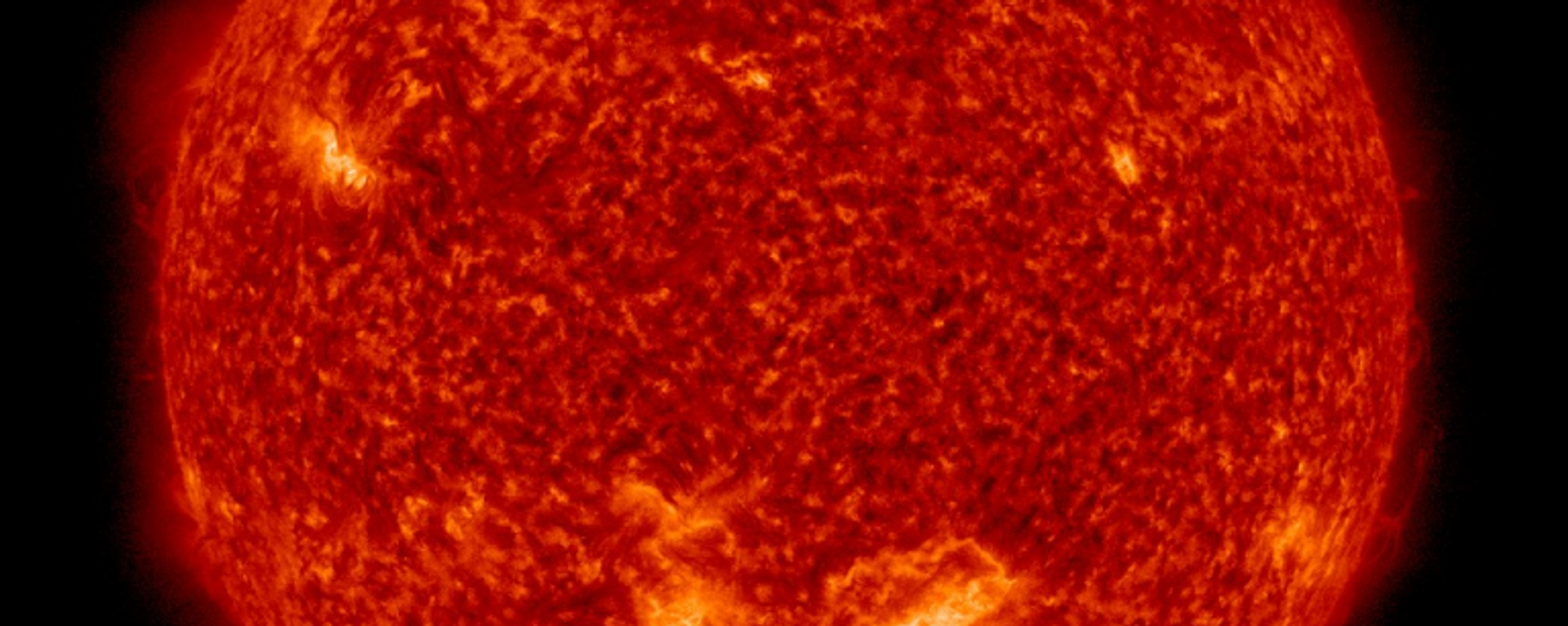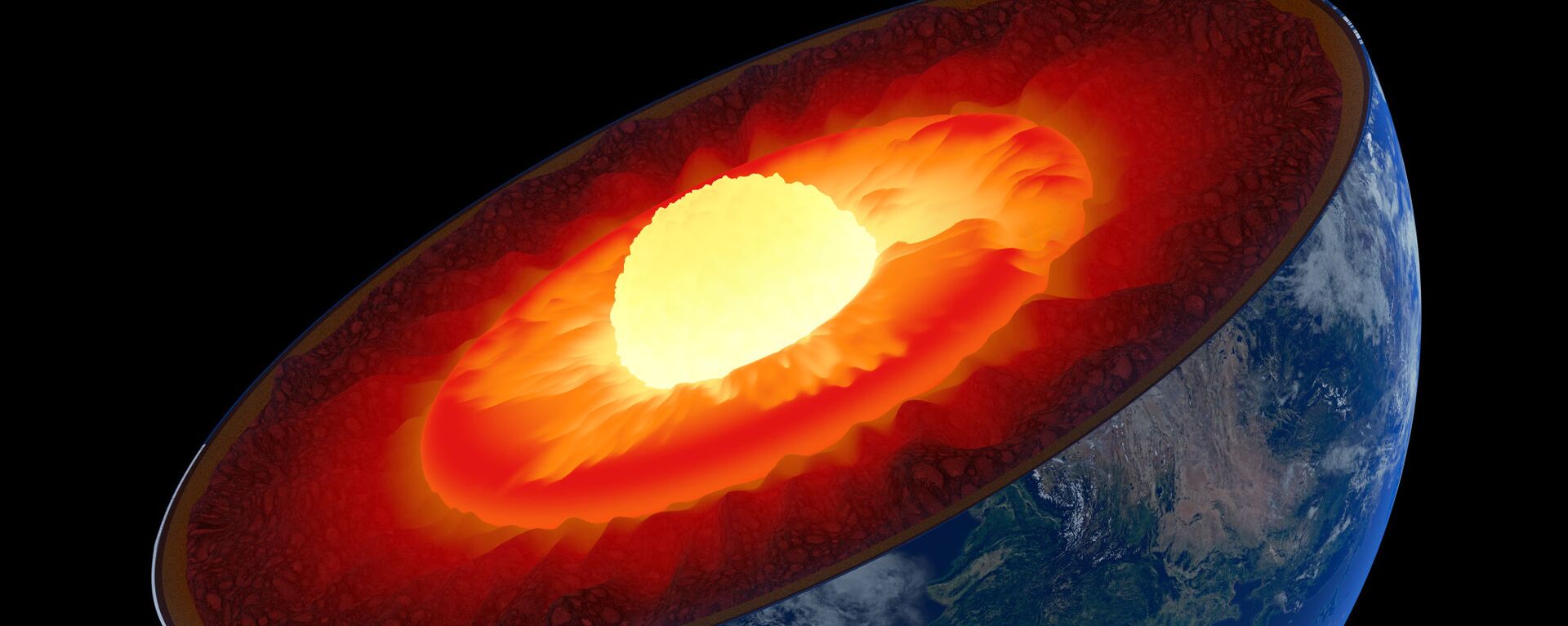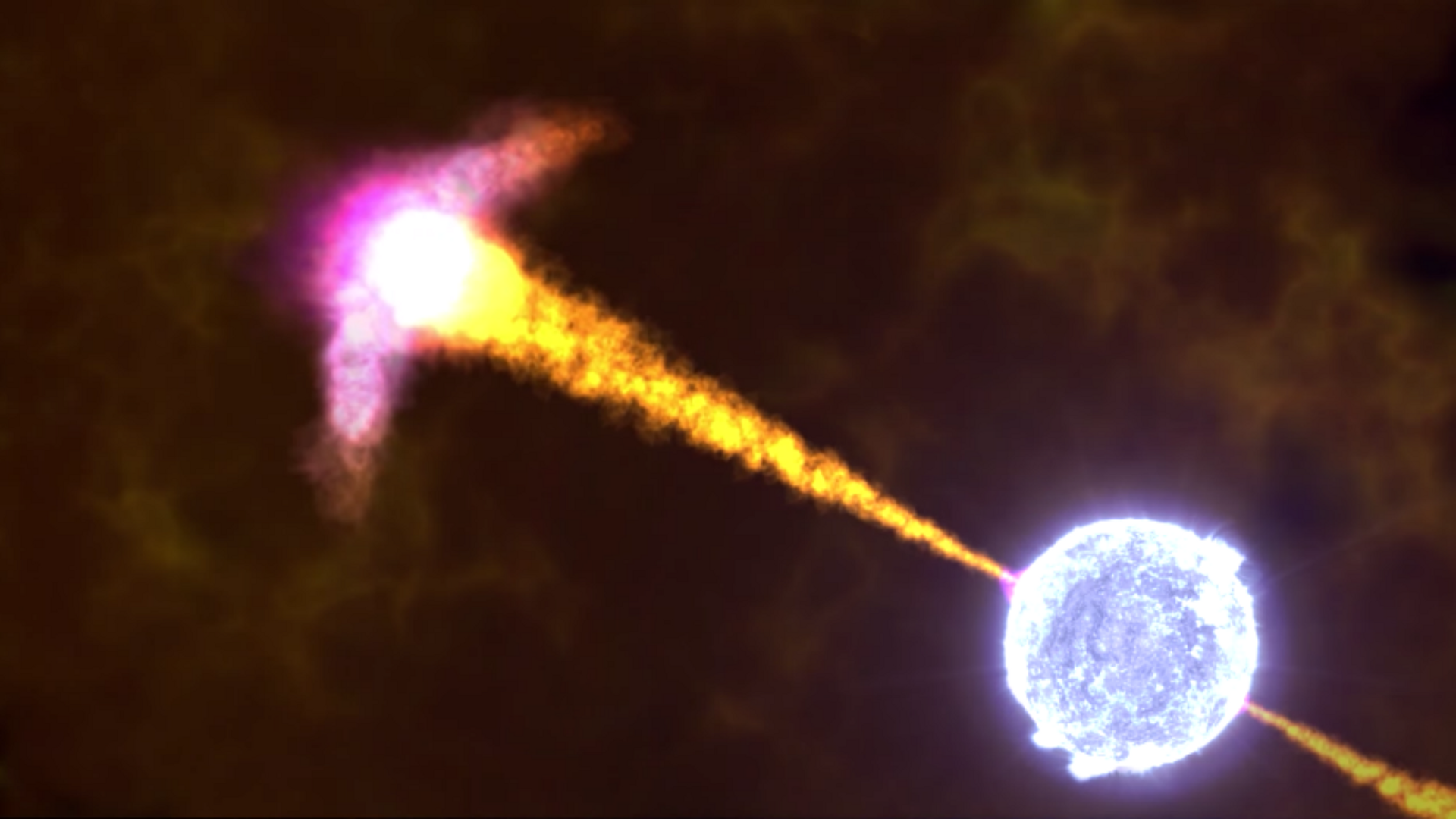https://sputnikglobe.com/20231116/supernovas-cosmic-blast-temporarily-depleted-earths-ozone-shield-last-year-1114991487.html
Supernova's Cosmic Blast Temporarily Depleted Earth's Ozone Shield Last Year
Supernova's Cosmic Blast Temporarily Depleted Earth's Ozone Shield Last Year
Sputnik International
In a spectacle on October 9, 2022, Earth's protective ozone layer faced an assault when telescopes detected the aftermath of a record-breaking supernova explosion 1.9bln light-years away.
2023-11-16T00:12+0000
2023-11-16T00:12+0000
2023-11-16T00:11+0000
beyond politics
science & tech
earth
european space agency (esa)
ozone layer
gamma-ray burst
gamma ray
https://cdn1.img.sputnikglobe.com/img/102540/21/1025402162_2:0:1602:900_1920x0_80_0_0_c13704e1840429bc143bcdfe82b58214.png
A recent study has revealed the shocking instance in which a supernova from nearly 2 billion light-years away managed to "temporarily destroy" a piece of the Earth's ozone layer in October 2022.While the ozone depletion caused by this burst was short-lived and deemed "nothing serious," scientists emphasize the significance of understanding how even remote explosions can influence our planet's protective shield.Pietro Ubertini, an astronomer at the National Institute of Astrophysics in Rome, explained the burst resulted in a temporary destruction of the ozone in Earth's upper atmosphere, a phenomenon detectable for only a few minutes. The team of scientists analyzed data from the China Seismo-Electromagnetic Satellite and correlated it with signals from the European Space Agency's International Gamma-Ray Astrophysics Laboratory.The electric field at the top of the ionosphere showed a significant spike, indicating the ionization of ozone and nitrogen molecules by gamma rays. The ionization temporarily exposed Earth to higher levels of solar radiation.While gamma-ray bursts typically affect the lower ionosphere, the study is the first to demonstrate their influence on the entire sphere, according to Laura Hayes, a solar physicist at the European Space Agency. Fortunately, the distant nature of the burst minimized the impact, turning it into more of a scientific curiosity than a tangible threat.Ubertini has emphasized that such powerful bursts are rare, occurring once every 10,000 years, adding that their orientation must align perfectly to affect Earth. Despite the alarming potential, the ozone layer proved resilient, repairing itself as ionized molecules recaptured freed electrons.The study was published in the Nature Communications journal.
https://sputnikglobe.com/20231113/shrinking-star-new-findings-reveal-suns-surprising-size-reduction-1114935718.html
https://sputnikglobe.com/20231104/traces-of-ancient-planet-may-be-lodged-deep-inside-earth-study-claims-1114723866.html
earth
Sputnik International
feedback@sputniknews.com
+74956456601
MIA „Rossiya Segodnya“
2023
News
en_EN
Sputnik International
feedback@sputniknews.com
+74956456601
MIA „Rossiya Segodnya“
Sputnik International
feedback@sputniknews.com
+74956456601
MIA „Rossiya Segodnya“
earth ozone layer, how does ozone layer work, will ozone lawyer disappear, supernova blasts,
earth ozone layer, how does ozone layer work, will ozone lawyer disappear, supernova blasts,
Supernova's Cosmic Blast Temporarily Depleted Earth's Ozone Shield Last Year
Officials have warned that a gamma ray burst measuring in the millions could potentially ionize enough of Earth's ozone to the point it could significantly down Earth's protective barrier from solar radiation for a period of days - or months.
A recent study has revealed the shocking instance in which a supernova from nearly 2 billion light-years away managed to "temporarily destroy" a piece of the Earth's ozone layer in October 2022.
While the ozone depletion caused by this burst was short-lived and deemed "nothing serious," scientists emphasize the significance of understanding how even remote explosions can influence our planet's protective shield.
Pietro Ubertini, an astronomer at the National Institute of Astrophysics in Rome, explained the burst resulted in a temporary destruction of the ozone in Earth's upper atmosphere, a phenomenon detectable for only a few minutes.

13 November 2023, 23:51 GMT
The team of scientists analyzed data from the China Seismo-Electromagnetic Satellite and correlated it with signals from the European Space Agency's International Gamma-Ray Astrophysics Laboratory.
The electric field at the top of the ionosphere showed a significant spike, indicating the ionization of ozone and nitrogen molecules by gamma rays. The ionization temporarily exposed Earth to higher levels of solar radiation.

4 November 2023, 15:34 GMT
While gamma-ray bursts typically affect the lower ionosphere, the study is the first to demonstrate their influence on the entire sphere, according to Laura Hayes, a solar physicist at the European Space Agency. Fortunately, the distant nature of the burst minimized the impact, turning it into more of a scientific curiosity than a tangible threat.
Ubertini has emphasized that such powerful bursts are rare, occurring once every 10,000 years, adding that their orientation must align perfectly to affect Earth. Despite the alarming potential, the ozone layer proved resilient, repairing itself as ionized molecules recaptured freed electrons.
The study was published in the
Nature Communications journal.




